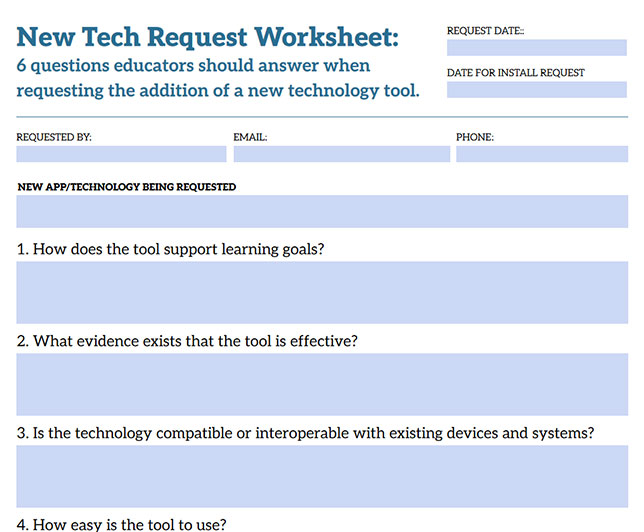
The billions of dollars spent on solutions new and old to address COVID-related learning loss have not yet had the impact they were meant to have. This is why high-impact tutoring deserves our continued attention.
Here are three ways to explore the ways AI can make a positive impact on education and ensure that all students have equal opportunities to succeed.
High school robotics teacher Anthony Young shares his experiences with providing students pathways to certifications, helping them land high-paying jobs straight out of school.

Positive, proactive communication with families can help educators address the root causes of chronic absenteeism.

The release of generative AI tools like ChatGPT and Bard has shined a light on the impacts of technology in education and in society. Technology is a fundamental part of our lives and continues to evolve at lightning speed.
While many districts continue to move to cloud environments due to their collaboration capabilities, scalability, and improved security, sometimes legacy systems can make sense too.

When IT teams are evaluating technologies for the classroom, the teacher's perspective shouldn’t be discounted. Teachers have a unique — and likely the best-informed — view of which tools will engage students and which will be distracting.
Our inaugural event for IT leaders in K–12 kicks off in November in Orlando, and we have an incredible lineup of information-packed sessions, workshops, and keynotes from CIOs and CISOs representing districts from across the country.
"Ed tech whiplash," or the constant addition and removal of tech solutions in schools, is a real issue and has been negatively impacting teachers and students for years. During the 2022–23 school year alone, K–12 school districts accessed, on average, 2,591 different ed tech tools. As a former director of technology in public education, I saw educators struggle to keep up with the always-growing list of ed tech tools being implemented in their schools. And I also saw teachers become heavily invested in solutions that improved efficiency and efficacy in their classrooms, only for the solution to be removed within a short time due to a lack of "ROI." This type of back and forth is not only frustrating for teachers, but it leaves students with a lack of consistency in their learning environment.

Since ChatGPT's introduction last autumn, educators have been thinking through the potential impact of generative AI on education. While its full transformative potential remains uncertain, AI shows promise for teachers grappling with resource constraints and demanding workloads. Here’s a closer look at the concurrent AI landscape in schools — and a prediction of what the future holds.